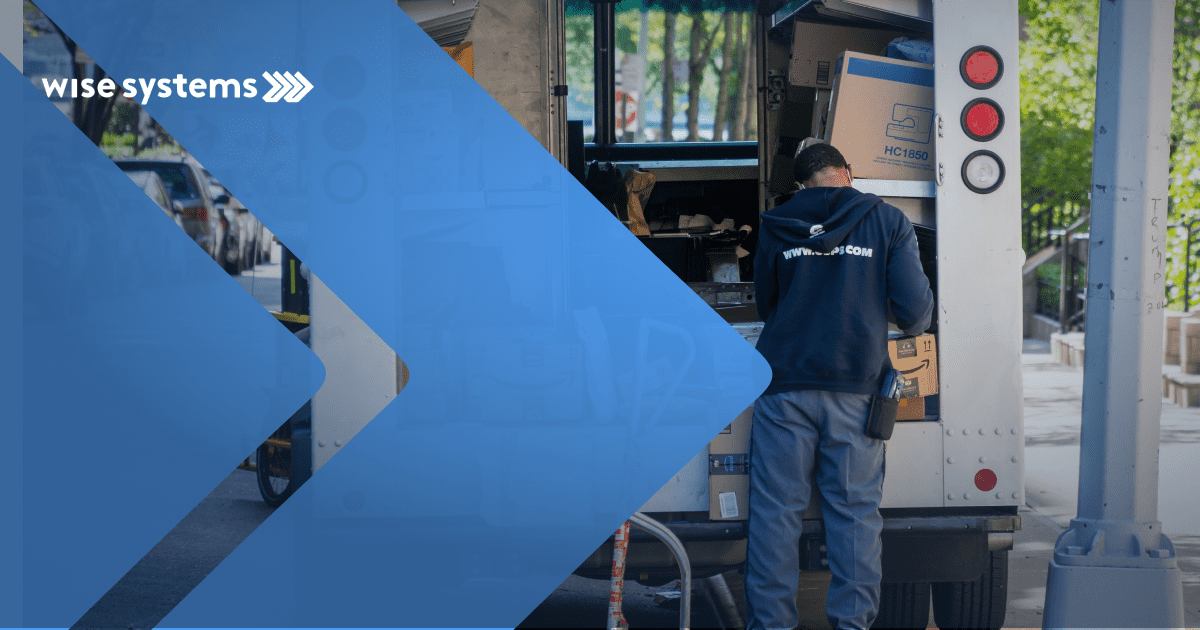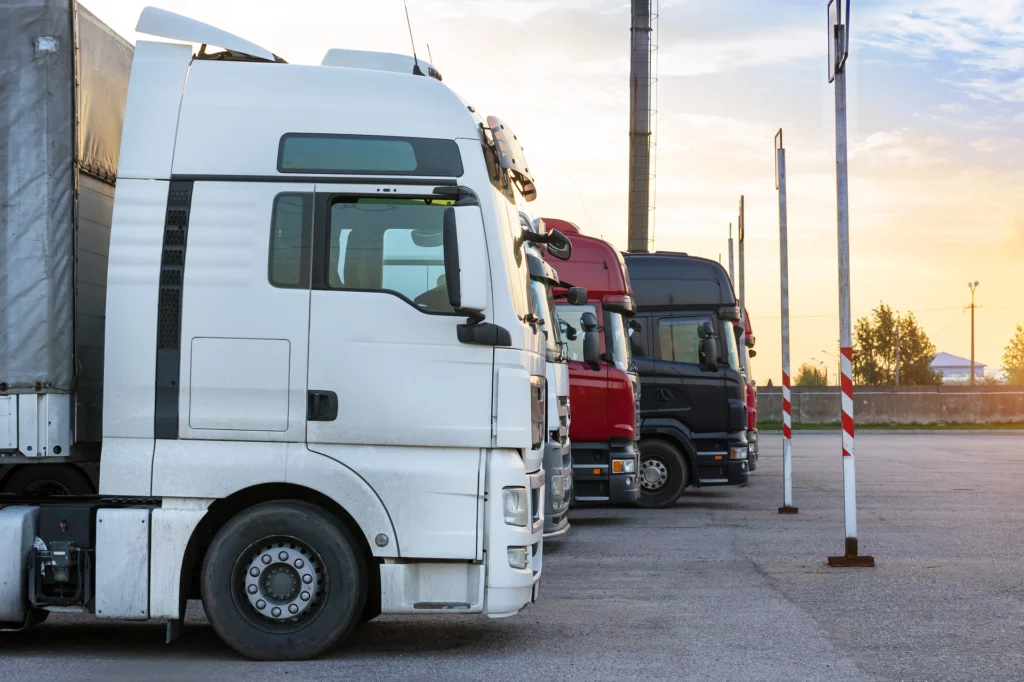
Planning your 2022 last-mile improvement strategies

Wise Systems
Planning your 2022 last-mile improvement strategies

Wise Systems

In delivery operations, the old ways of doing things are not going to work anymore. Full stop. Customers are changing, competitors are changing, and the end-to-end customer experience has taken on entirely new levels of priority. Technology is needed to adapt to these changes, and automation is essential to remaining competitive. These are some of the key messages from Carol Tomé, CEO of UPS in her recent keynote address – “A Look Back, A Look Ahead,” at Prologis’ recent Groundbreakers event.
Today, supply chain issues make the news daily. But in the logistics industry, the supply chain network has always been front and center. Experts predict that we won’t see relief from current challenges precipitated by the COVID-19 pandemic until mid- to late-2023, and things will likely get worse before they get better. We are also currently facing a demand imbalance. During this holiday season, there will be demand for 5 million packages per day to be delivered, more than the capacity of the entire small package delivery network in the US, according to UPS’ Tomé.
The last-mile delivery part of the supply chain – from a warehouse or distribution center to a customer’s doorstep – is critical to a customer’s satisfaction with their overall purchase experience. And as we all rely on more and more items being delivered nearly instantaneously to our homes and businesses, the last mile market is growing rapidly. Research firm Technavio predicts that the last-mile delivery market will grow to $59.81 billion by the end of 2025 at a compound annual growth rate (CAGR) of nearly 16 percent.
As you strategize for 2022, here are three top issues that need to be part of your plan.
Meet Demand with Enough Capacity
Across the board, the world is grappling with supply chain issues – from factory shutdowns at the start of the pandemic, to a shortage of shipping containers, to clogged ports and driver shortages – transportation and logistics companies are squeezed from all sides. The New York Times recently published an informative article on “How the Supply Chain Broke, and Why it Won’t be Fixed Anytime Soon.” It describes the supply chain as a “usually invisible pathway of manufacturing, transportation and logistics that gets goods from where they are manufactured, mined or grown to where they are going.”
Disruptions throughout the supply chain have a domino effect from one end to the other. As companies struggle to get their goods to consumers, one way to alleviate the strain in the last mile is to make the process as efficient as possible. For example, next-generation route optimization software can help you increase the number of last-mile deliveries with fewer employees to handle them; this lets you maximize capacity with available resources.
Reduce Costs with Greater Last-Mile Efficiency
In addition to struggling with capacity, last-mile delivery costs are substantial, comprising 53% of total shipping costs, according to Business Insider. And the growing ubiquitousness of “free shipping,” means customers are less willing to pay delivery fees, so retailers and logistics partners must absorb those costs.
One of the keys to reducing costs in the last mile is to leverage technology to drive efficiency. Wise Systems’ AI-driven software automatically considers different variables, including delivery volume, customer time windows, historical service times, traffic, weather, and more, to schedule and plan optimal routes. This helps our customers reach more than 90% fleet utilization in some cases, resulting in reduced costs and increased revenues to create greater business value.
Embrace Technology to Stay Ahead
Several industry visionaries and industry analysts are pointing to Big Data as pivotal to the future of last-mile logistics. With access to huge volumes of data, predictive analytics can be used to optimize the delivery process. An article in Global Trade magazine reports on “What Does 2022 have in store for the Shipping & Logistics Industry?” It states that the application of Big Data in logistics can be intimidating for traditional players, “but as the technology will mature, it will gain more traction … Business owners of all sizes can then easily adopt and reap its benefits.”
In the last-mile space, important data – including customer time windows, travel times between stops, driver preferences, inventory specifications, and service times – are critical pieces of information that can drive fleet efficiency and customer service. But the data volumes are typically too large to manage and mine without advanced technology, so machine learning is the key to unlocking the value that the data holds. Wise Systems uses the data it gathers from your fleet and applies machine learning to predict how the fleet will perform in the future and to significantly enhance the power and accuracy of future routes.
Learn How Wise Provides The Perfect Last-Mile Delivery Experience
As last-mile logistics providers tackle the tough challenges of today’s market, it’s critical to focus on capacity, cost reduction through greater efficiencies, and leveraging the new technologies that are now available as you plan for 2022 and beyond. And, of course, customer experience is paramount. At Wise Systems, our goal is the perfect last-mile delivery experience, helping businesses improve on-time deliveries to customers, reduce wait times, and increase customer satisfaction and loyalty. As you navigate the industry’s changes, keeping your customers’ experience at the forefront is an essential element of your success.





